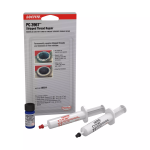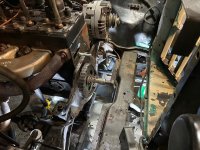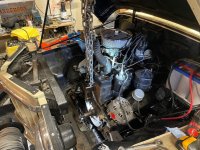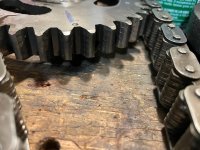Even if they weren’t stripped, there is one bolt that goes through the filler block from the back. If I’m remembering correctly, it goes into a fixed nut on the face of the engine support plate, inside the timing chain cover. So you’d likely be taking the pan off anyway.
Last edited:








